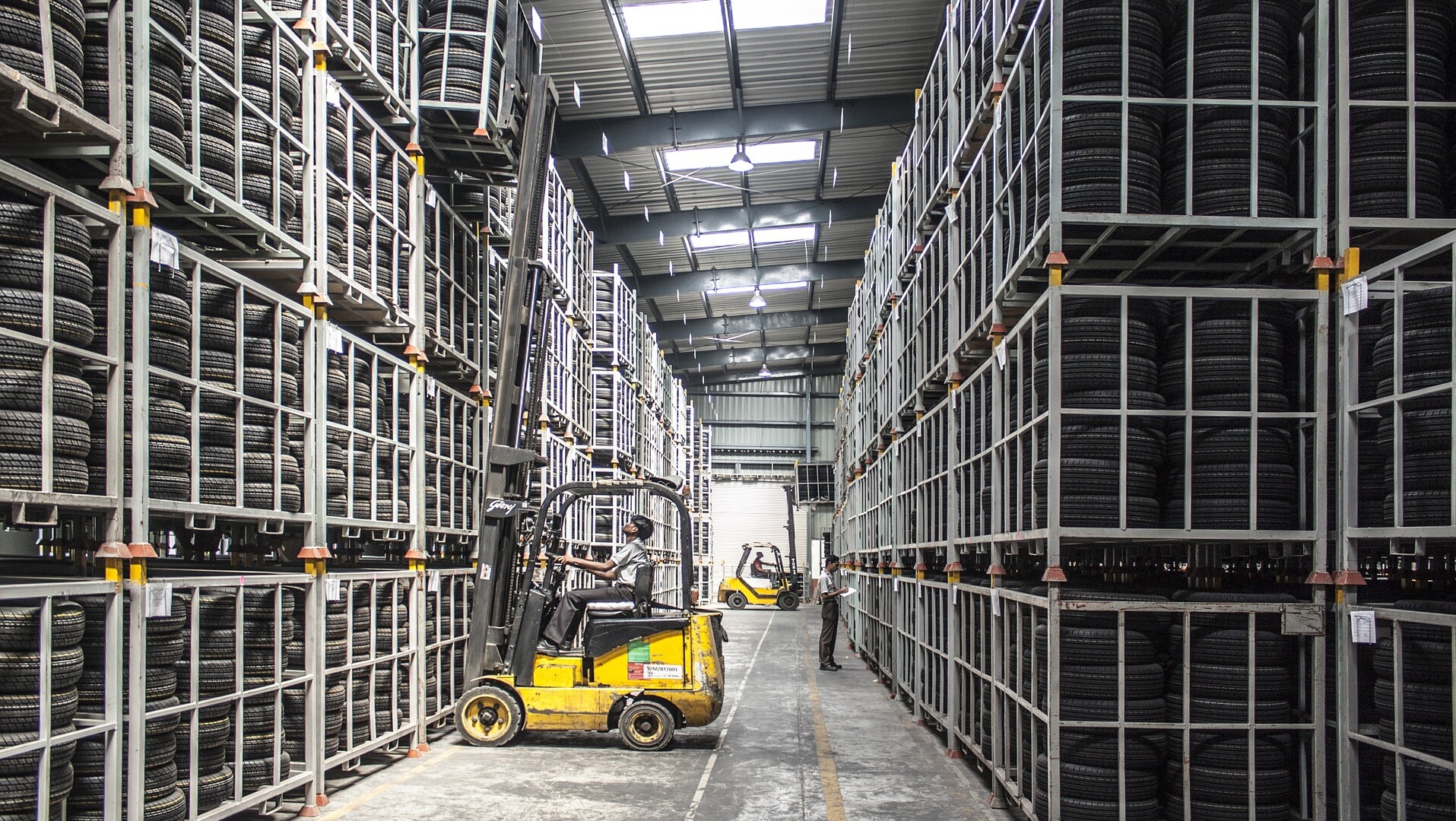Micro, Small and Medium Enterprises (MSME) dominate India’s economic landscape. In 2015-16, 633.88 lakh MSMEs were found in India; of them, nearly 96% were micro-enterprises while the rest were small and medium ones. About 51% of them are located in rural areas. Indian MSMEs employ over 11 crore persons, and they are expected to employ over 15 crores by 2024. India is thus poised to become truly MSME country.
The Union Minister for MSMEs, Mr. Nitin Gadkari, while launching the Amazon Export Digest 2020, endorsed the statements given above. He stated that the MSME sector is a significant job creator and the backbone of the Indian economy, contributing over 28% to the country’s GDP and accounting for about 48% of the country’s exports. He added that the government visualises an increase in the contribution of MSMEs to 60% of India’s exports within the next five years.
COVID-19 has hit MSMEs, and recovery is expected to take a while. Indian MSMEs need to export their way out of the slowdown. They need to fight demand depletion in the existing market by reaching out to new ones. At this juncture, it becomes vital to identify opportunities that can help hasten the recovery process of MSMEs because MSME growth will power the Indian economy to recovery.
An opportunity that should be exploited by MSMEs is an unprecedented consolidation of demand to e-commerce platforms on account of COVID-19 pandemic. The need for safety has kept people indoors, and thus necessitated ordering everything online from groceries to furniture.
COVID-19 contributed to a surge in the total online sales in the United States, the world’s biggest consumer market, from USD 41.5 billion in 2019 to USD 73.2 billion in June 2020 at an annual growth rate of over 76%. Retail e-commerce sales also increased in Germany from USD 79.47 billion in 2019 to USD 92.33 billion in 2020 at a yearly growth rate of 16.2%. In Western Europe, too, e-commerce sales registered nearly 17% growth in 2020 to USD 498.32 billion. Such a shift to e-commerce, which is widely expected to continue well beyond the pandemic, is an enormous opportunity to Indian MSMEs. E-commerce is the perfect tool that allows market discovery, access, marketing, and demand creation for MSMEs, all at a nominal cost.
The evidence shows that e-commerce enabled small businesses to tap into untapped markets – national and international. In the process, they not only serve the existing but also create new demand. Take the case of Skillmatics, an Indian direct-to-consumer education company that designs innovative educational games to help build children’s cognitive skills and has a global presence.
Skillmatics tapped into e-commerce for sales and has emerged as the top brand across the entire Toy & Game category on Amazon USA. Skillmatics is on track to earn a revenue of USD 7 million this year. It has raised USD 2 million from Sequoia Capital’s Surge Program. Skillmatics’ products are all Made in India.
Realising the potential of e-commerce, a large number of Indian MSMEs have signed up to sell online, and are reaping the benefits from moving to this global marketplace. Case in point – a recent report by Amazon India indicates that the company’s Global Selling Program has over 60,000 Indian exporters. The platform aims to enable Indian MSMEs to earn USD 10 billion in exports by 2025.
Just in 2019, the program led to a 47% on-year growth in gross merchandise sale and was responsible for creating 834 sellers with sales of over INR 10 million each.
Selling online not just enables revenue growth for MSMEs; it also leads to end-to-end digitisation of their operations, reduces logistics costs and helps bring in overall economies of scale.
E-commerce has helped create export centres for MSMEs across the whole country. Cities like Roorkee, Dabgram, Udaipur and Kadapa from across the four corners of the country have emerged as top centres of Indian MSME exporters on Amazon.
E-commerce has provided Indian MSMEs with an opportunity to attract consumers from across the globe. It has enabled an understanding of specific consumer needs and aided them in delivering customised solutions. So a leather goods firm from Kanpur can showcase and sell its products to consumers in places like Kansas City, and artisans from Jaipur can find buyers for their beautiful handicraft products in Europe.
As MSMEs try to look for and access new markets, e-commerce presents itself as a proven catalyst for business recovery. This is because e-commerce has the power to help MSMEs, particularly micro-enterprises, improve market discovery, and access new and faraway markets at a relatively lower cost. With its ability to accelerate businesses, e-commerce is a means for Indian MSMEs to unlock the global market and power themselves to growth and prosperity
Author, Dr. D. Rajsekhar is the HAG Professor and Head, Centre for Decentralization & Development, Institute for Social and Economic Change (ISEC)


















Pingback: India’s GDP lowest in 24 years, contracts 23.9% in Q1 of 2020-21
Pingback: Maximum Governance and Minimum Government: Will an unchecked regulator ever let it happen? | The Plunge Daily
Pingback: MSME Credit Health Index measurement model to provide credit risk management | The Plunge Daily
Pingback: Exporters run out of containers, wait period up to three weeks | The Plunge Daily
Pingback: NEP seeks to make Indian education holistic, multi-disciplinary and practice: Vice President | The Plunge Daily
Pingback: GST Council Law Committee recommends Aadhaar-like registration for new applicants | The Plunge Daily
Pingback: Nissan Motor India announces expansion with 20 sales point and 30 service outlets | The Plunge Daily
Pingback: India set to allow Nepali power producers access to Indian power market | The Plunge Daily
Pingback: New Delhi is world’s most polluted city for third consecutive year: IQAir Study | The Plunge Daily
Pingback: Lockdowns and curfews not a solution, economy is being hit: Maruti Chairman | The Plunge Daily